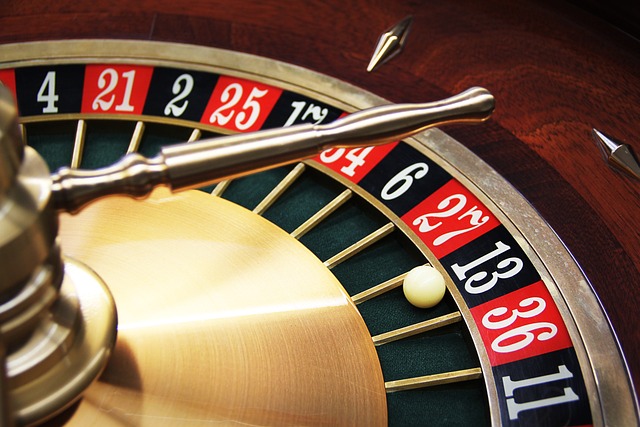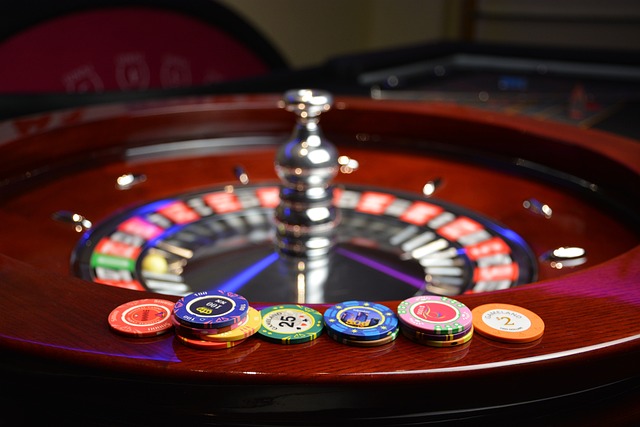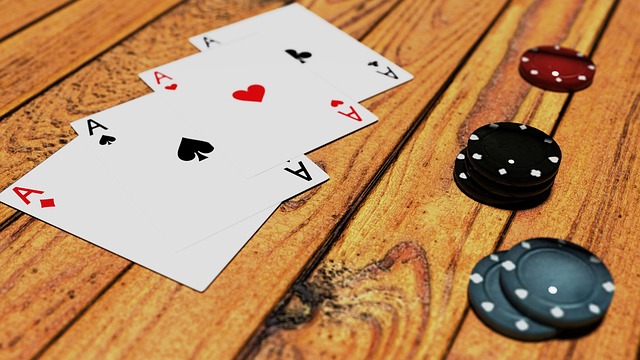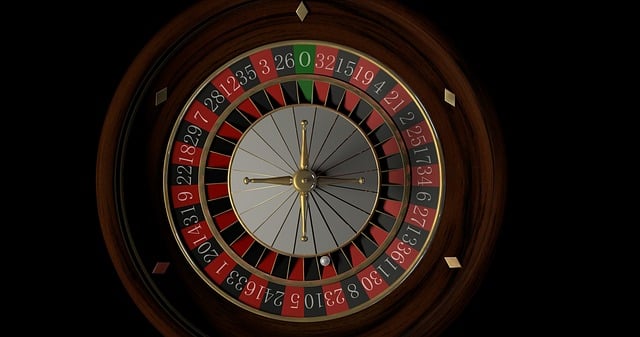Roulette odds are consistent at 1 in 37 (or 38) per bet, with various risk-reward bets available. Even-money bets offer a balanced ratio while others have higher gains but lower success rates. The house edge, calculated from bet odds, varies among roulette types, affecting strategic choices. Understanding the edge and employing tactics like Martingale or Parlay systems can enhance winning chances in European (lower edge) or American roulette. No strategy guarantees wins, but these techniques add excitement to the game.
Dive into the captivating world of roulette and unravel the mysteries of its odds! In this comprehensive guide, we demystify roulette for beginners. From understanding the basic concepts to exploring advanced strategies, we’ll walk you through every step. Uncover the house edge and learn how it shapes your chances. Discover effective tactics to boost your winning potential at the roulette table. Master these insights, and you’ll be well-equipped to navigate this exhilarating game with confidence.
- Understanding Roulette Odds: A Beginner's Guide
- The House Edge and How It Affects Your Chances
- Strategies to Improve Your Roulette Winning Probabilities
Understanding Roulette Odds: A Beginner's Guide
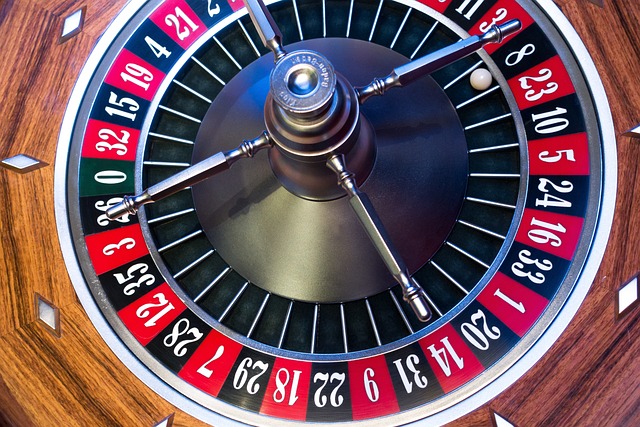
Roulette odds can seem intimidating at first, but understanding them is key to enjoying this exciting game. For beginners, it’s important to grasp that each bet has its own probability of winning. The roulette wheel consists of 37 pockets (or 38 in American roulette), numbered from 0 to 36, with an equal chance for the ball to land on any one of them during each spin. This means some bets have higher payouts than others based on their likelihood of occurring. For instance, betting on a single number has a 1-in-37 (or 1-in-38) chance of success, making it the riskiest but potentially most rewarding option. In contrast, betting on red or black, or even/odd, covers more numbers and offers lower odds but also lower potential gains.
Learning about even-money bets is crucial for beginners. These include bets like red/black, high/low, or odd/even, where you win if the ball lands on a color or number category rather than a specific number. Since these bets have a 1:1 payout, they offer a more balanced risk-reward ratio compared to other types of bets. Additionally, understanding how the house edge works is vital. The house edge refers to the advantage that the casino has over players; it’s calculated based on the odds against each bet. Games with higher odds and lower payouts generally have a higher house edge, so be mindful when choosing your bets.
The House Edge and How It Affects Your Chances
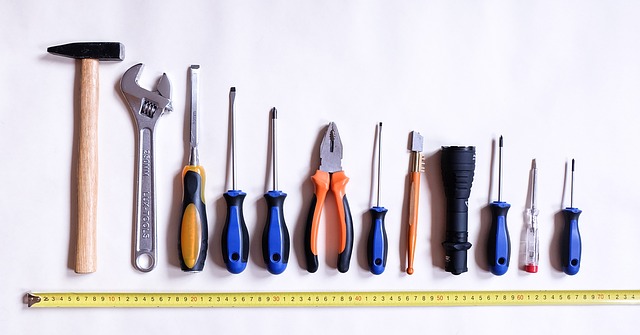
Roulette, a captivating game of chance, is often misunderstood in terms of its odds. A key concept to grasp is the House Edge, which essentially represents the advantage held by the casino over the player. This edge is calculated based on the probability of each bet outcome and can vary significantly between different roulette types. In traditional European roulette, for instance, the House Edge hovers around 2.7%, while American roulette, with its additional double zero, boasts an edge of approximately 5.26%. Understanding this edge is crucial as it directly impacts your chances of winning; the lower the edge, the better your odds.
The effect of the House Edge on your Roulette strategy cannot be overstated. It encourages players to consider not just the likelihood of a specific number or color appearing but also the long-term implications of each bet. While some bets offer higher payouts, they are less frequent, and the House Edge remains in play. Players should weigh these factors, especially when choosing between straight bets, splits, streets, or more exotic wagers. By acknowledging the House Edge, players can make informed decisions, navigating the game with a strategic edge while still enjoying the thrill of Roulette.
Strategies to Improve Your Roulette Winning Probabilities
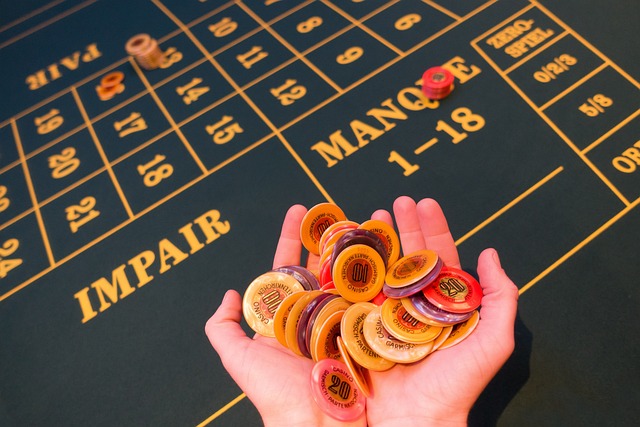
Roulette is a game of chance, but that doesn’t mean you can’t improve your odds. One popular strategy is the Martingale system, which involves doubling your bet after each loss until you win. However, this method comes with risks as it requires a significant financial commitment. A more conservative approach is the Parlay system, where you combine multiple bets and only need one to succeed for a substantial payout.
Another effective tactic is to focus on outside bets like odd/even or red/black. These have higher odds compared to inside bets, providing better chances of winning, albeit with smaller payouts. It’s also crucial to understand the European and American roulette variations; the former has slightly lower house edges due to one less zero pocket. Remember, no strategy guarantees wins, but employing these techniques can enhance your Roulette playing experience and potentially boost your chances.
Roulette is a captivating game, but understanding its odds is key to an enjoyable experience. By grasping the concept of the house edge and exploring strategic approaches, players can navigate the table with confidence. While no strategy guarantees wins, these insights empower beginners and seasoned players alike to make informed decisions, potentially improving their chances in the world of roulette.
